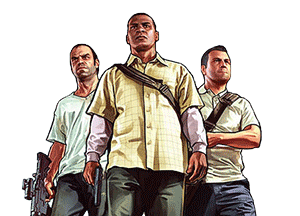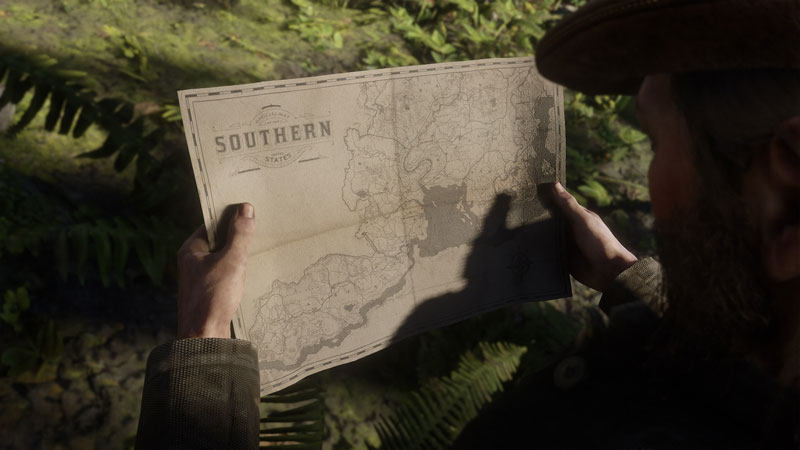Former GTA 6 and Red Dead Online Developer on Open-World Problems
OPla G
30 Mar 15:55
 16
16Game Developers Conference is an annual event for video game creators who share their experiences with colleagues and anyone interested. In 2021, employees of Rockstar Games spoke there (part 1, part 2). Last week, from March 17 to 21, another conference took place in San Francisco, California, where Cameron Williams presented his talk. He is a former developer of GTA 6, Red Dead Online, and Call of Duty, and currently works on mission design at Absurd Ventures, a company that has gathered many ex-Rockstar employees.
The lecture’s topic was “9 Ways to Encourage Open World Engagement”. Unfortunately, the full version is not yet available (GDC videos often become publicly accessible, but sometimes with a delay), though a journalist from PC Gamer shared some insights.
The author explains that one of the biggest issues in open-world games is that players simply don’t explore them. There are various reasons for this. Some players question whether it’s worth their time to traverse the entire map. Others experience a kind of analysis paralysis when confronted with too many waypoints scattered all over. Striking a balance is crucial — ensuring the game doesn’t feel empty while also not overwhelming players with content. Meanwhile, some players stick strictly to the main storyline, ignoring side quests entirely. To address this, the game designer suggests placing additional missions along the paths these “speedrunners” naturally follow. Sometimes, mechanics that aren’t mandatory but enhance immersion are deliberately woven into key missions and given special significance. Example: the first fishing sequence in RDR 2. During this moment, young Jack, who fishes alongside Arthur, reacts to the player’s skills, making the experience feel natural and memorable.
The lecture’s topic was “9 Ways to Encourage Open World Engagement”. Unfortunately, the full version is not yet available (GDC videos often become publicly accessible, but sometimes with a delay), though a journalist from PC Gamer shared some insights.
The author explains that one of the biggest issues in open-world games is that players simply don’t explore them. There are various reasons for this. Some players question whether it’s worth their time to traverse the entire map. Others experience a kind of analysis paralysis when confronted with too many waypoints scattered all over. Striking a balance is crucial — ensuring the game doesn’t feel empty while also not overwhelming players with content. Meanwhile, some players stick strictly to the main storyline, ignoring side quests entirely. To address this, the game designer suggests placing additional missions along the paths these “speedrunners” naturally follow. Sometimes, mechanics that aren’t mandatory but enhance immersion are deliberately woven into key missions and given special significance. Example: the first fishing sequence in RDR 2. During this moment, young Jack, who fishes alongside Arthur, reacts to the player’s skills, making the experience feel natural and memorable.


 0
0
